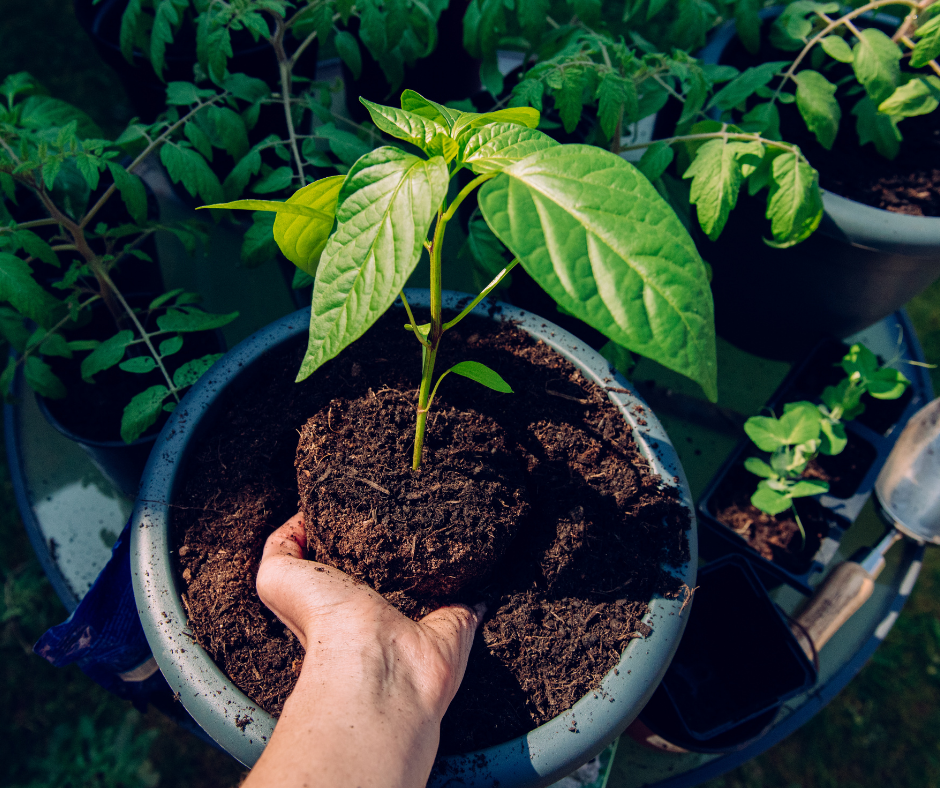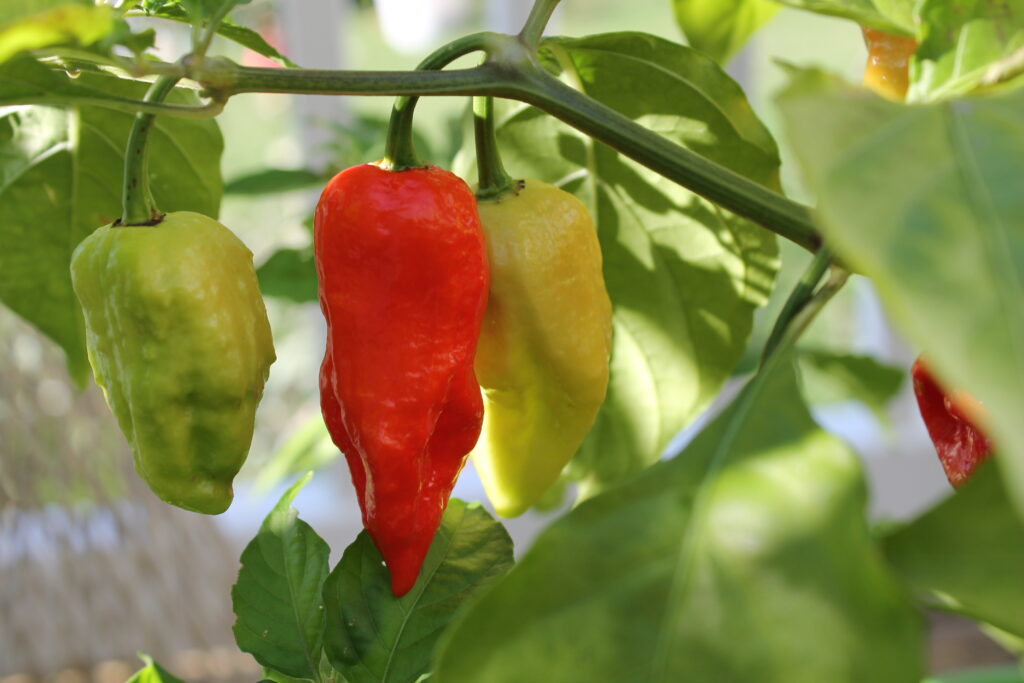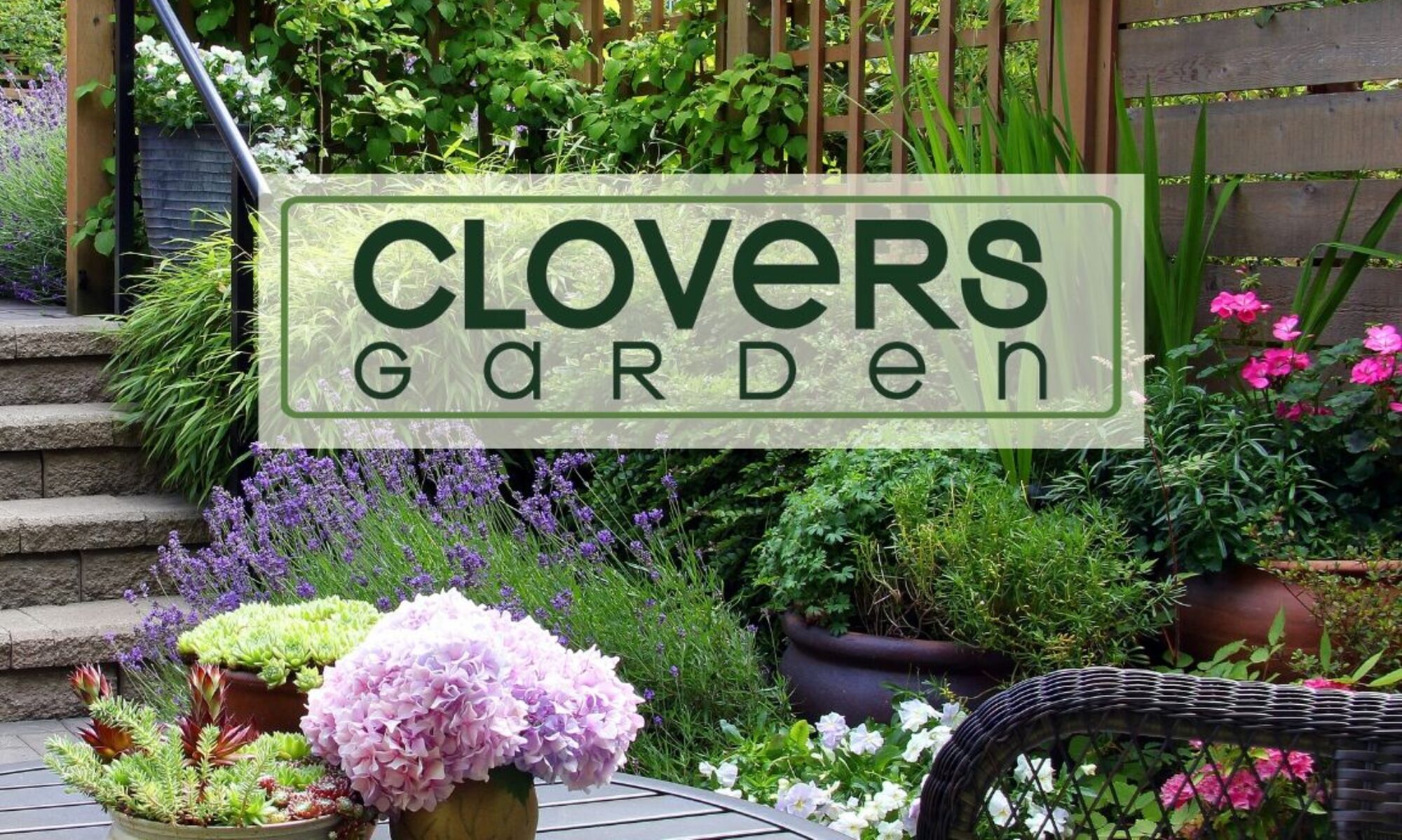Hot peppers are the perfect deck and balcony plant! As long as you have a sunny spot, they love the conditions in containers and will put out great yields right at your back door. By moving your peppers to pots, you’ll free up space in the garden and you can extend your season by bringing pots indoors when it gets colder. Read on for the best tips on successfully growing peppers in pots.
Shop the full pepper collection here.
Start with Live Plants.
You can grow from seed but (unless you live in Zone 9 or warmer) you’ll need to start indoors under grow lights for at least 8 weeks. Nursery grown peppers give you the fastest head start and they are generally more robust plants that can handle transplanting. In very warm areas, peppers will grow as perennials but in most US Zones with frost, peppers only last outside for six to seven months. To harvest as soon as possible, start with the biggest plants you can find.
Container
Choose a pot that is at least 12” in diameter. Be sure the container has plenty of drainage holes and fill the bottom with clean rock or gravel to give the pot weight and provide a little extra drainage.

Soil
Peppers prefer slightly acidic to neutral, loamy soil that drains well – regular bagged soil or compost works well for peppers. When using containers, it’s important to replace the soil each year or mix well with compost to replenish nutrients. Fill the pot almost to the rim, leaving about 1” so water won’t spill over the edges when watering.
Sun
Peppers need full sun so be sure you can put your potted pepper in a spot that gets full sun all day. Also make sure the pots can be spaced so they get good air flow and do not shade each other.
Water
Peppers like moderate water but containers tend to dry out faster than in-ground gardens. So, on really hot days, you might need to water twice. Be sure to water at the soil level – not overhead or so that the soil splashes up on the leaves. Water until it comes out the drain holes on the bottom – if your soil is really dry, water for a bit until soil is moistened, let it sit for a minute, then come back and water some more.
Nutrients
Container peppers need extra fertilizer (compared to in-ground gardens) so feed weekly according to the instructions on your favorite garden feed. They do not need any extra nutrients but will benefit from an addition of compost at the beginning of the year.
WARNING: All parts of the really hot pepper plants are hot. Wear gloves when handling stem, fruits, and leaves. Wash your hands thoroughly before touching eyes, nose, or mouth.
How to Plant
Harden off your plants before planting. Nursery grown plants need a few days to adjust to outside weather conditions. Start by sitting them in a shady spot without a lot of wind and then slowly move them into the sun for longer and longer each day. Be sure to keep well-watered. Once they’ve been in the sun all day, let them sit out overnight (protect from critters) and then they should be ready to plant.
In your container dig a hole that is the same size (width and depth) of the pot the pepper plant is in. Only put one pepper per pot because they will grow quite large and do not like to be crowded or compete for water and nutrients. Tip the plant over, gently cradling the stem between your fingers. Carefully loosen the root ball and place the plant in your hole. Scoop the soil back in to cover the plant – when done the pepper should be buried at the same depth it was in the pot. Water well and move to a shady spot for the first day or so. Then move into the sun, keep watered, and feed once or twice a month.
Care & Pruning
Some gardeners like to pinch off or prune the “growing point” of pepper plants but we do not agree with that method. It can increase the bushiness and sturdiness of the plant but it does not increase yield. We recommend instead carefully staking your peppers (use a wire tomato cage or string trellis system). This prevents the plant from tipping over and supports the branches when the fruit is heaviest. It also preserves the canopy which is important to protect the fruit from sun scald.
The only exception to this rule is late in the season when you know you only have a few weeks until frost or freeze. This is a good time to top the plant off – just cut the top portion of leaves. This will stop the plant from growing and it will instead put all its energy into ripening the remaining fruit.
Harvesting
Peppers are one of the few garden plants that you can harvest fruit at nearly all stages. Most plants start out with green peppers and the longer they stay on the vine, the sweeter or hotter they become and the colors will change from yellow to orange to red (or purple depending on the variety). The more peppers you pick off your plant in the early season, the more they will produce! One thing to note: the longer you leave on the vine, the more chances for critters to get at them.

End of Season
Once temps get below freezing, your peppers are done. If you’re only expecting frost that will be followed by warmer days, cover up your plants with a light blanket at nighttime or move indoors. You can try keeping your pepper alive indoors but it will still need a lot of sunlight to thrive. Once the plant dies back, remove it and throw in the compost pile for next year’s soil.
